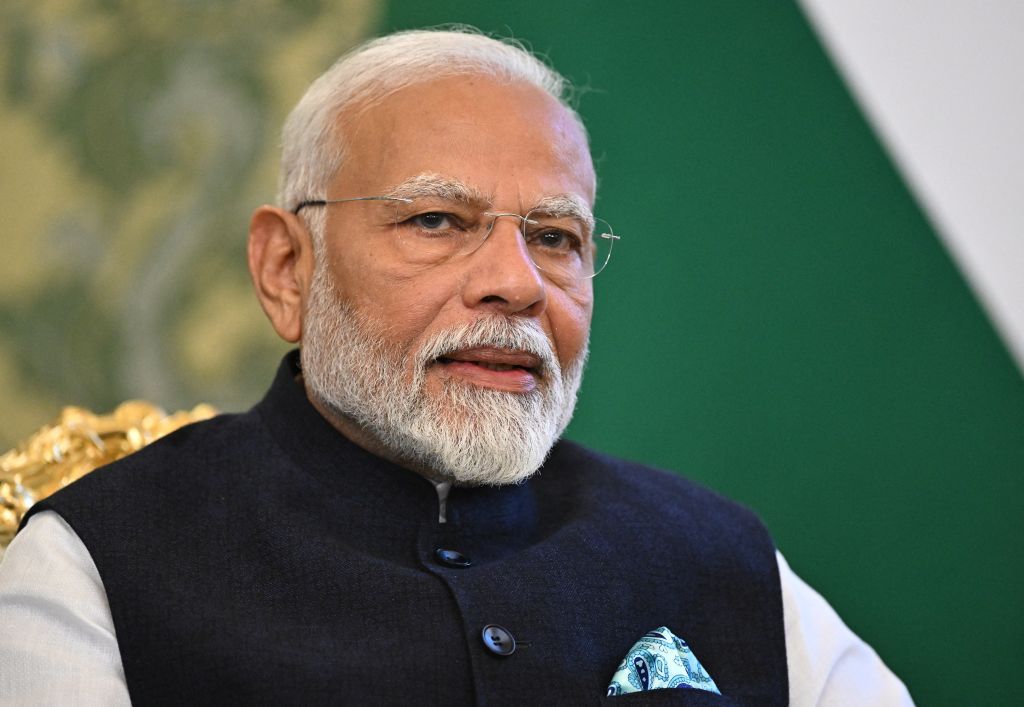NEW DELHI: India looks set to swim against the current of emerging market officials loosening the purse strings, with debt sales by Prime Minister Narendra Modi’s new government seen in line with earlier projections.
New Delhi is expected to retain its earlier target of raising 14.1 trillion rupees or about US$169bil via bond sales in the fiscal year that began in April, according to the median forecast in a Bloomberg survey of economists.
Not a single respondent expects the budget deficit to widen, underscoring just how keen officials are to maintain their hard-earned credibility at a time when global investors are piling into Indian debt thanks to its inclusion in JPMorgan Chase & Co indexes.
A modest expenditure plan could give an extra fillip to India’s bond market, where benchmark yields are edging toward a two-year low. The budget will be unveiled on July 23.
If Modi’s administration maps out more deficit reduction, “it might lead to a further rally in bonds,” said Vikas Jain, Bank of America Corp’s India head of fixed income, currencies and commodities.
“This government has always delivered on its fiscal prudence” and investors believe it’ll stick to that course, he said.
Government spending plans have attracted scrutiny across emerging markets of late. India’s longstanding efforts to tackle indebtedness gave its bonds an edge over Indonesia’s last month amid reports authorities in Jakarta were mulling a big rise in spending.
Colombia’s credit outlook was cut due to pressure on government accounts, while just this week Brazil’s president triggered a slide in its currency after raising doubts about fiscal targets.
Modi and his Bharatiya Janata Party are able to stick to their relatively conservative fiscal stance despite an electoral setback that raised concerns officials would resort to populist expenditure to win back voters.
But a revenue windfall is helping the government allot money to projects to mollify their new allies without increasing the deficit.
Investors cheered the outgoing government’s prudent interim budget in February, when it outlined the 14.1 trillion-rupee borrowing target, sending the 10-year yield to a seven-month low.
But news of Modi’s party losing its parliamentary majority, which raised the prospect of populist policies, triggered a spike in yields in June.
The move later reversed, as the reappointment of Nirmala Sitharaman as finance minister helped to reassure the market. So did an unexpectedly large dividend from the central bank.
The deficit target is seen slightly lower at 5% of gross domestic product (GDP) for the current fiscal year, the Bloomberg survey of economists showed. — Bloomberg



